Anesthesia knowledge small science
Many people have the impression that anesthesia is a shot, sleep, and the operation is completed when you wake up. Is that true? Is anesthesia such a simple thing?
However, this is not the case. The hardships of anesthesiologists and the gold content of medical technology are behind the safety of patients to fall asleep and wake up. Then we enter the operating room and enter the mysterious world of anesthesia.
Anesthesiologist A: The anesthesia work actually started the day before the operation.
Anesthesiologist B: Yes, I almost forgot to introduce that the anesthesiologist would visit the patient in the ward one day before the operation, evaluate the condition, make an anesthesia plan, and sign the consent form.
Anesthesiologist A:That's right, let's go on.
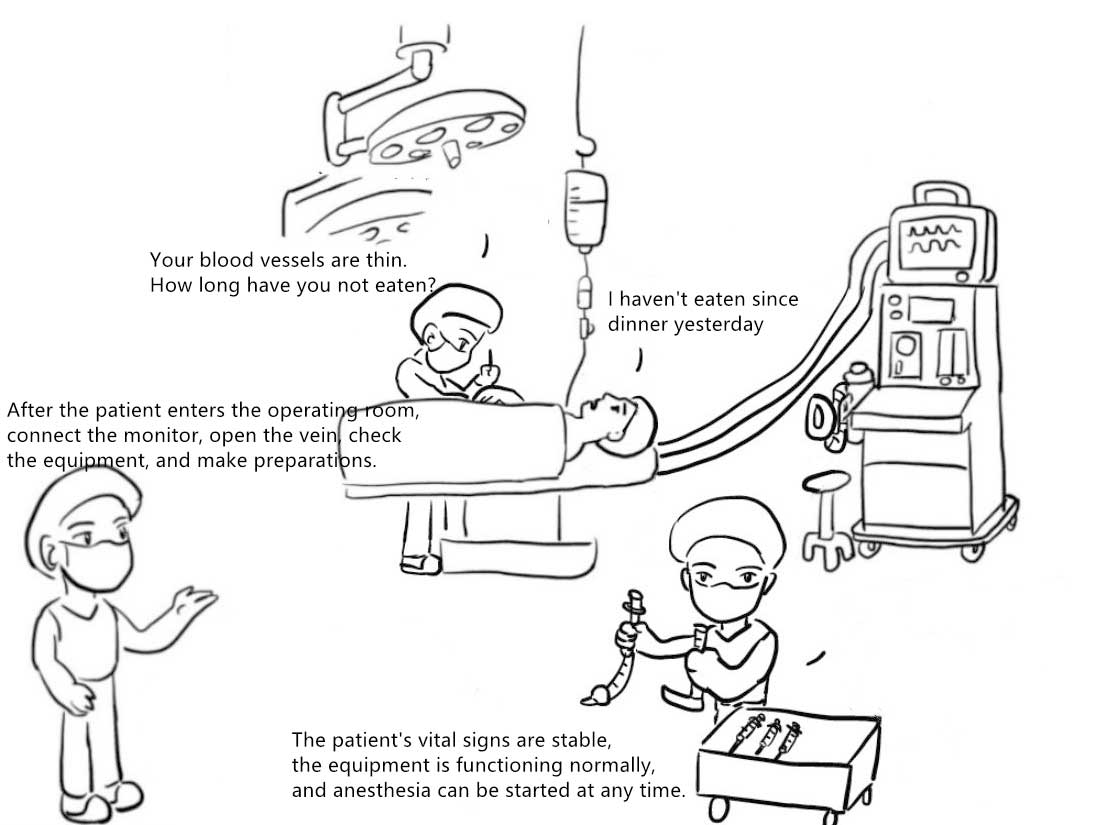
After the patient enters the operating room, connect the monitor, open the vein, check the equipment, and make preparations.
Nurse: "Your blood vessels are thin. How long have you not eaten?"
Patient: "I haven't eaten since dinner yesterday."
Anesthesiologist: The patient's vital signs are stable, the equipment is functioning normally, and anesthesia can be started at any time.
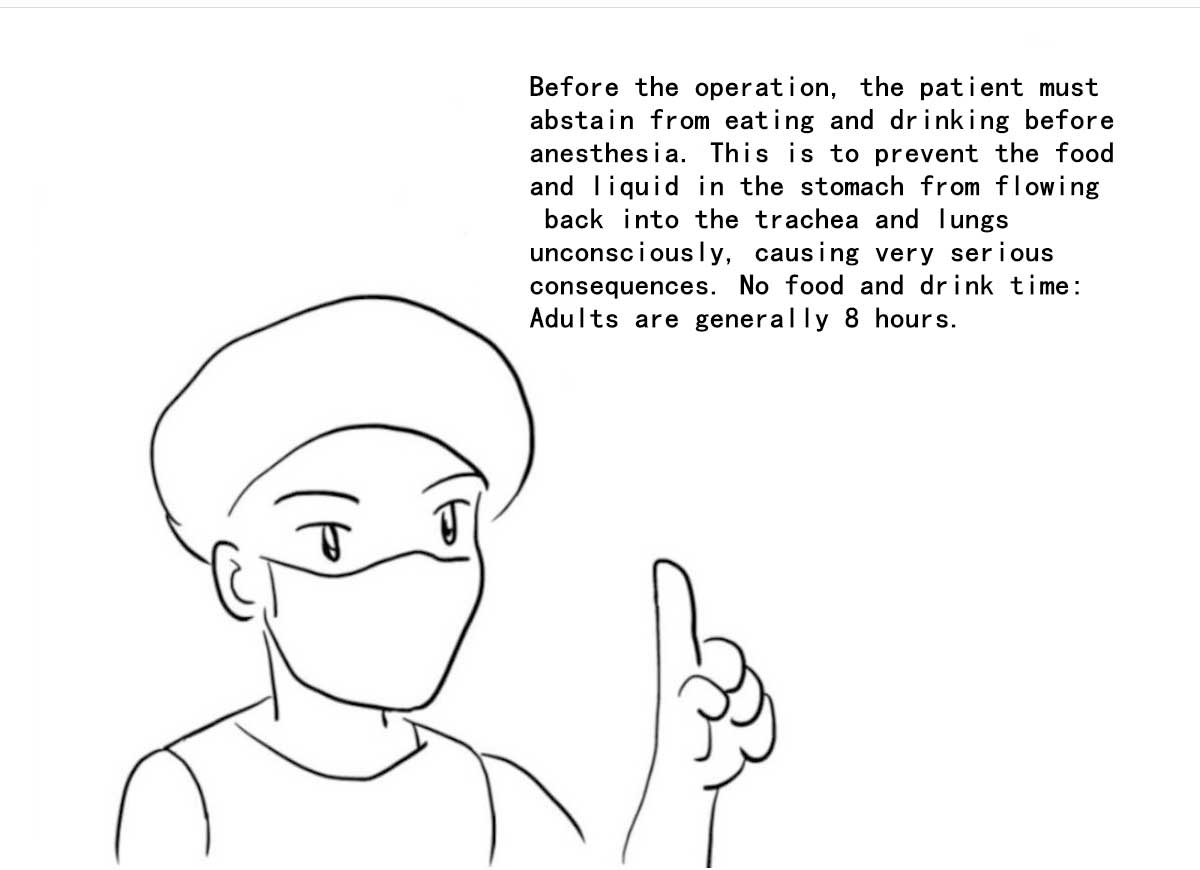
Before the operation, the patient must abstain from eating and drinking before anesthesia. This is to prevent the food and liquid in the stomach from flowing back into the trachea and lungs unconsciously, causing very serious consequences. No food and drink time: Adults are generally 8 hours.
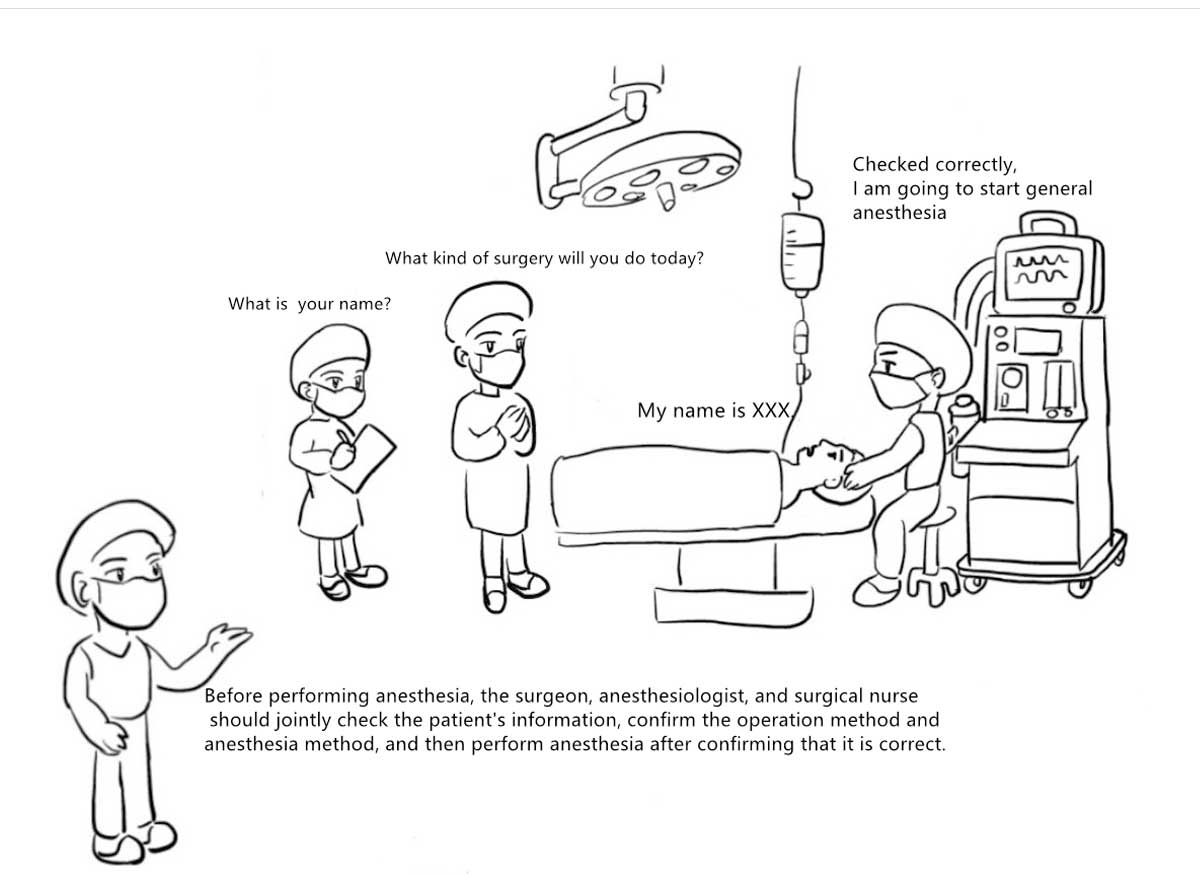
Before performing anesthesia, the surgeon, anesthesiologist, and surgical nurse should jointly check the patient's information, confirm the operation method and anesthesia method, and then perform anesthesia after confirming that it is correct.
Nurse: What is the your name?
Patient: My name is XXX.
Doctor: What kind of surgery will you do today?
Patient: I have a liver ablation surgery
Anesthesiologist: Yes, that's right, we can start general anesthesia
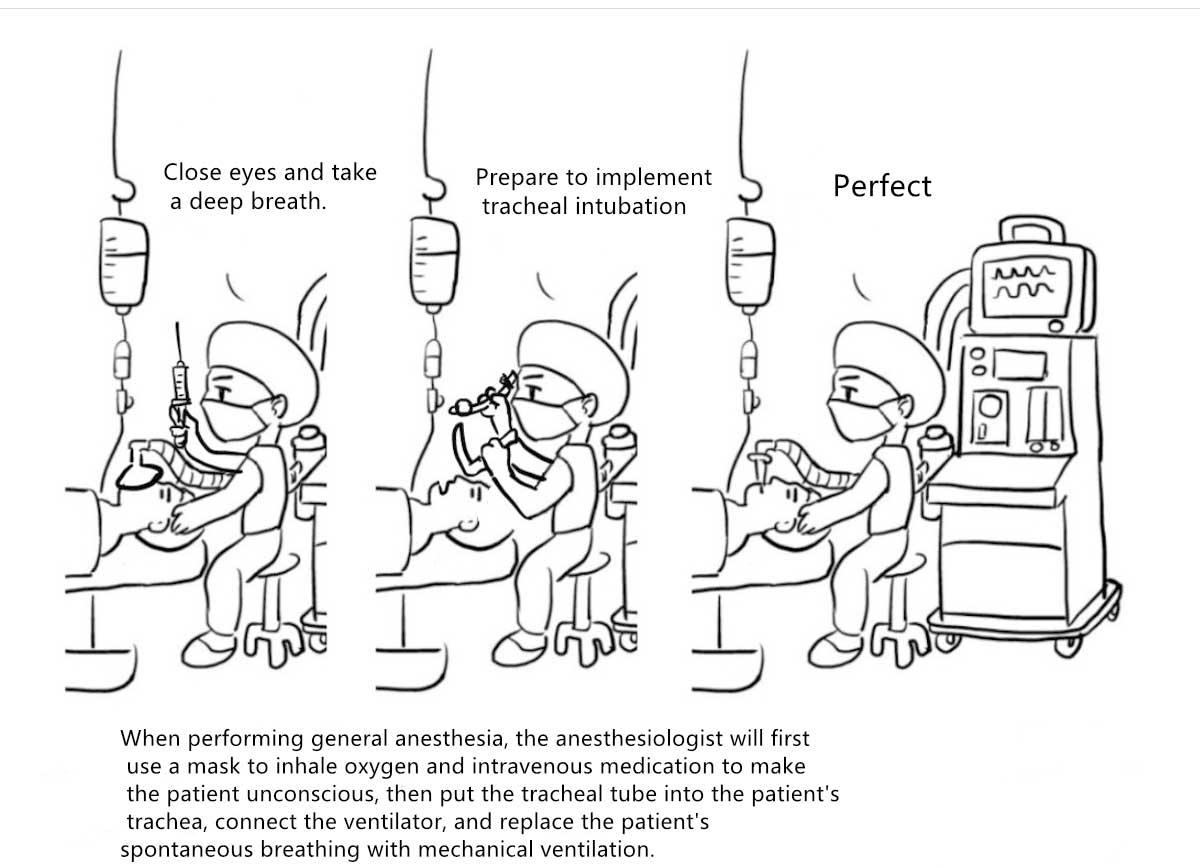
When performing general anesthesia, the anesthesiologist will first use a mask to inhale oxygen and intravenous medication to make the patient unconscious, then put the tracheal tube into the patient's trachea, connect the ventilator, and replace the patient's spontaneous breathing with mechanical ventilation.
Anesthesiologist: Close eyes and take a deep breath.
Prepare to implement tracheal intubation.
Perfect!
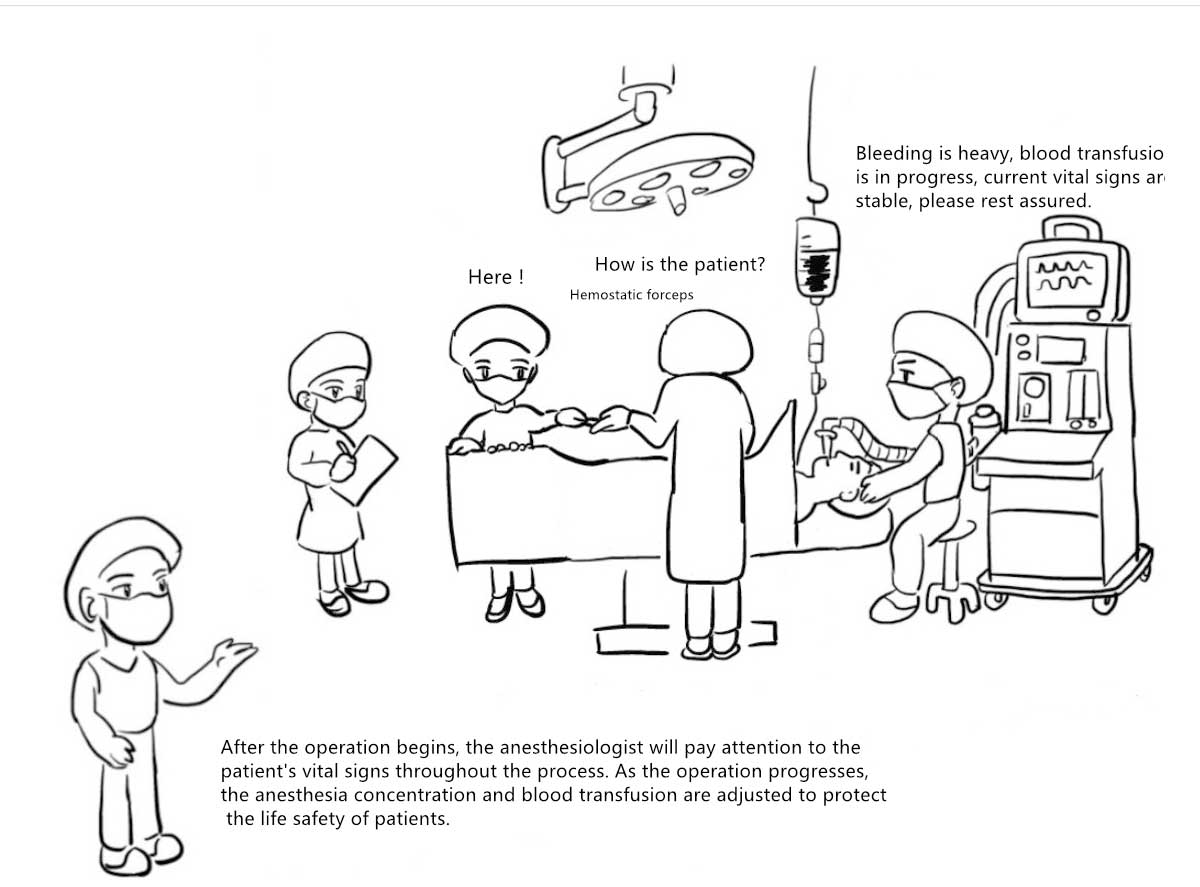
After the operation begins, the anesthesiologist will pay attention to the patient's vital signs throughout the process. As the operation progresses, the anesthesia concentration and blood transfusion are adjusted to protect the life safety of patients.
Doctor: "Hemostatic forceps".
Nurse: "Here!"
Doctor: "How is the patient?"
Anesthesiologist: "Bleeding is heavy, blood transfusion is in progress, current vital signs are stable, please rest assured."
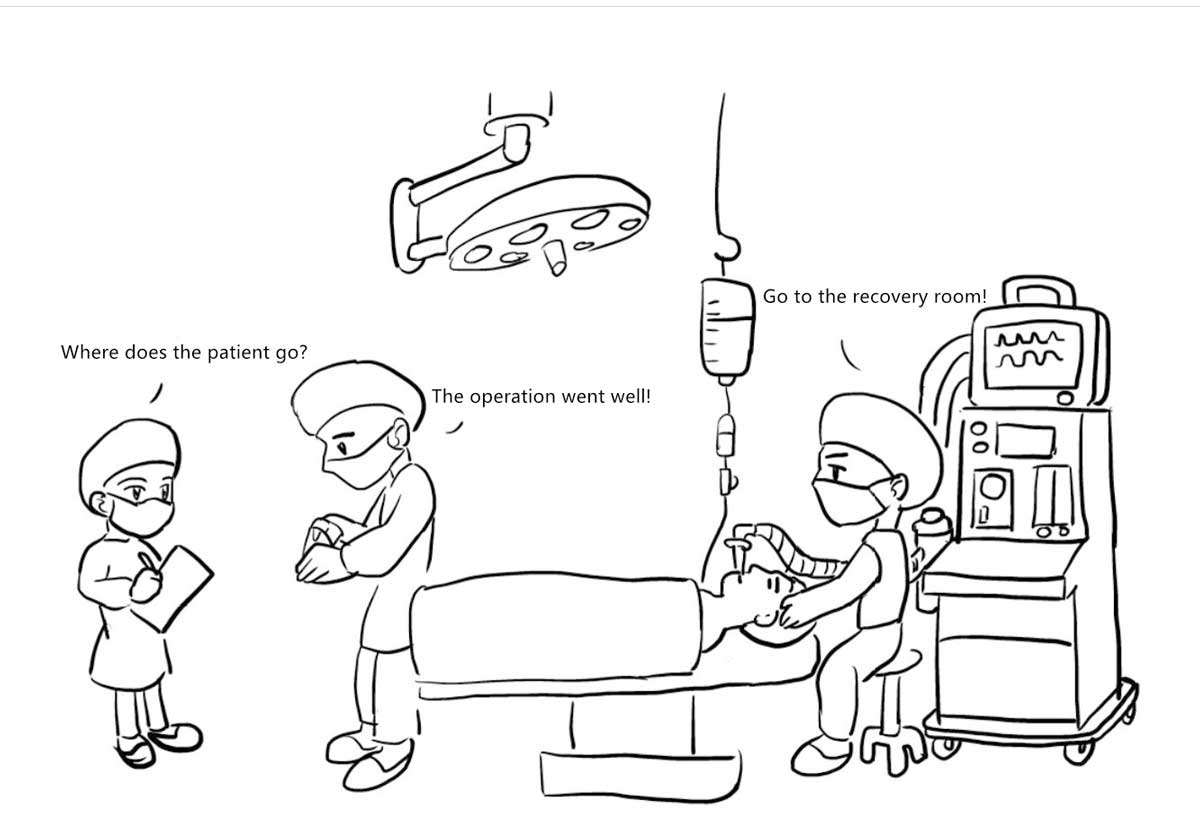
Doctor: The operation went well!
Nurse: Where does the patient go?
Anesthesiologist: Go to the recovery room!
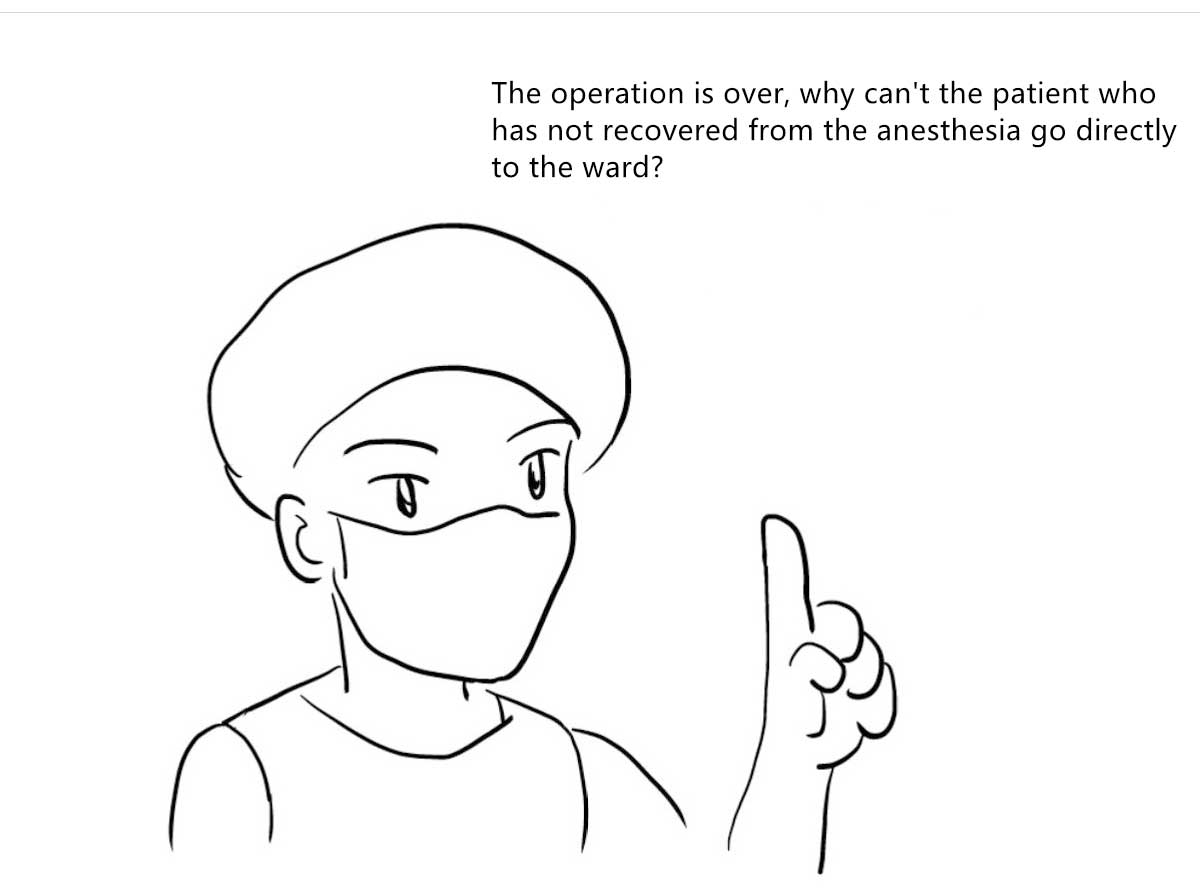
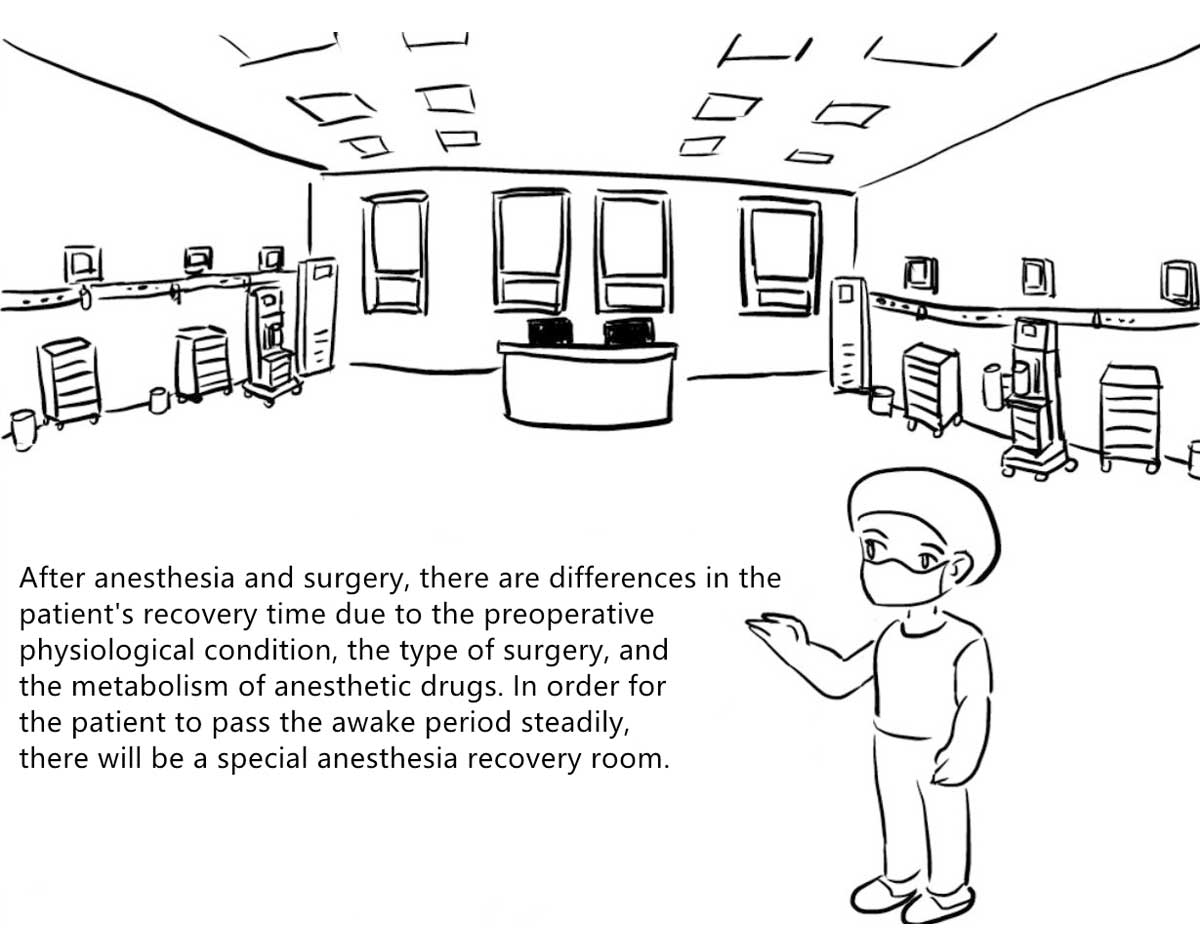
The operation is over, why can't the patient who has not recovered from the anesthesia go directly to the ward?
After anesthesia and surgery, there are differences in the patient's recovery time due to the preoperative physiological condition, the type of surgery, and the metabolism of anesthetic drugs. In order for the patient to pass the awake period steadily, there will be a special anesthesia recovery room.
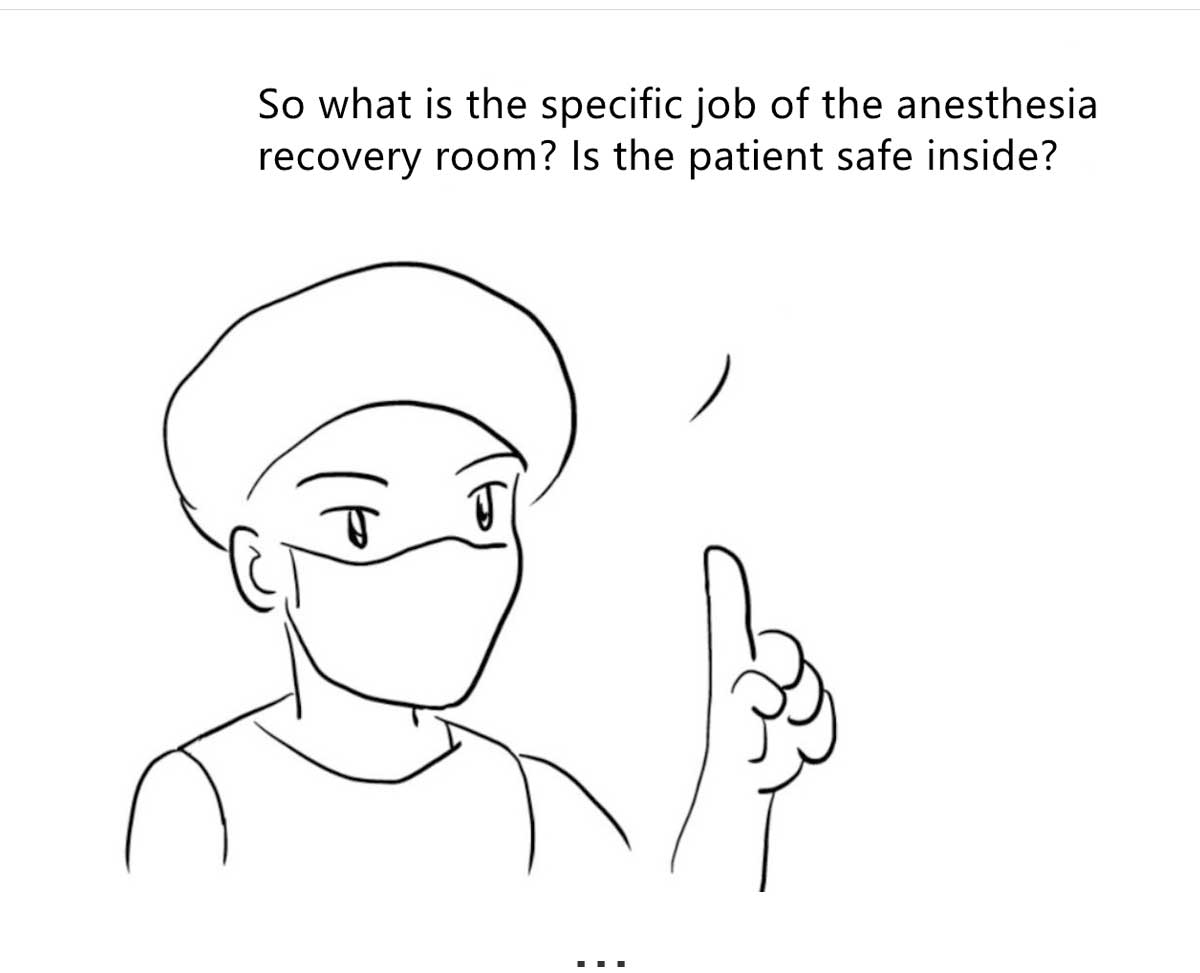
So what is the specific job of the anesthesia recovery room? Is the patient safe inside?
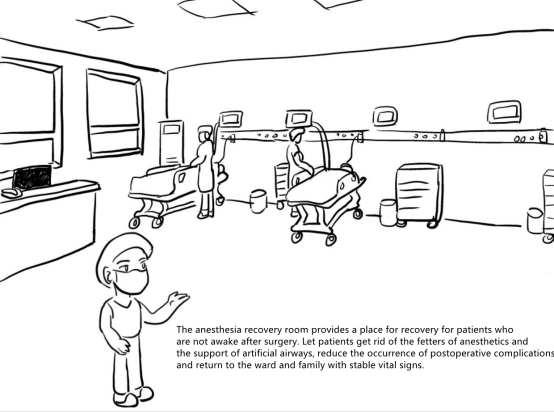
The anesthesia recovery room provides a place for recovery for patients who are not awake after surgery. Let patients get rid of the fetters of anesthetics and the support of artificial airways, reduce the occurrence of postoperative complications, and return to the ward and family with stable vital signs.
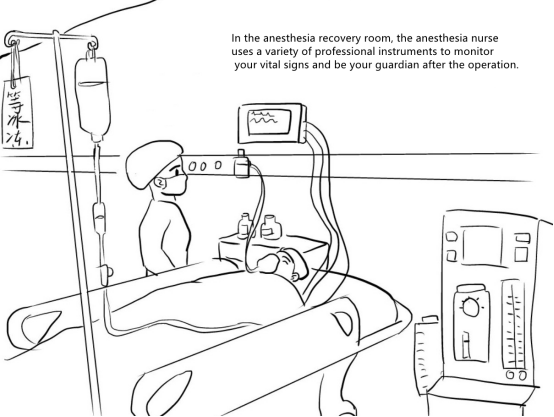
In the anesthesia recovery room, the anesthesia nurse uses a variety of professional instruments to monitor your vital signs and be your guardian after the operation.
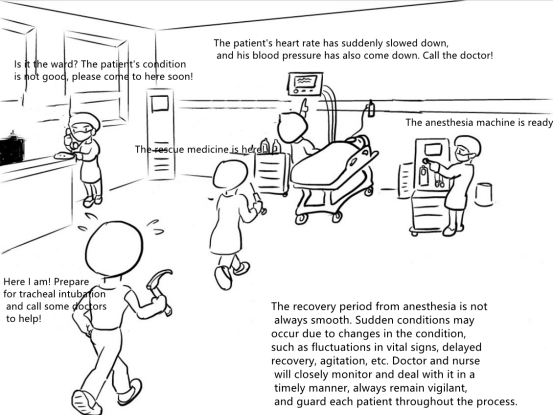
The recovery period from anesthesia is not always smooth. Sudden conditions may occur due to changes in the condition, such as fluctuations in vital signs, delayed recovery, agitation, etc. Doctor and nurse will closely monitor and deal with it in a timely manner, always remain vigilant, and guard each patient throughout the process.
Nurse A: The patient's heart rate has suddenly slowed down, and his blood pressure has also come down. Call the doctor!
Nurse B: The rescue medicine is here!
Doctor: Here I am! Prepare for tracheal intubation and call some doctors to help!
Anesthesiologist: The anesthesia machine is ready!
Nurse C: Is it the ward? The patient's condition is not good, please come to here soon!
![]()
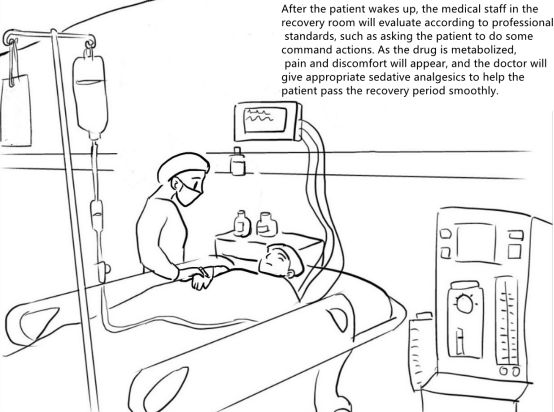
After the patient wakes up, the medical staff in the recovery room will evaluate according to professional standards, such as asking the patient to do some command actions. As the drug is metabolized, pain and discomfort will appear, and the doctor will give appropriate sedative analgesics to help the patient pass the recovery period smoothly.
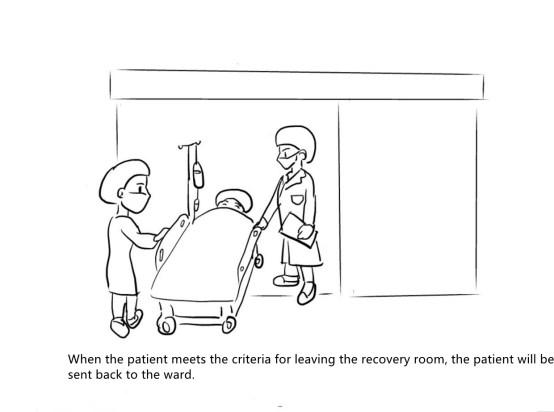
When the patient meets the criteria for leaving the recovery room, the patient will be sent back to the ward.
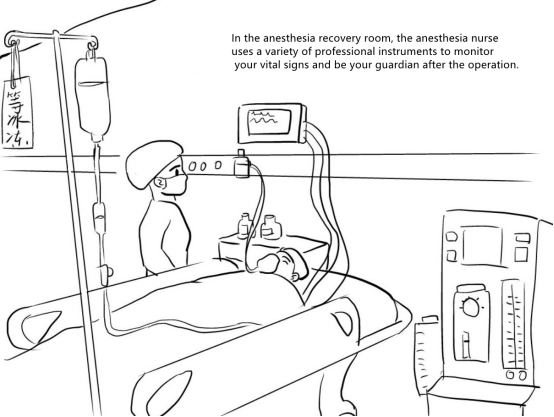
The anesthesia recovery room is the place where the patient opens his eyes when he regains consciousness after the operation. The medical staff here will carefully guard the life and health of every patient. To escort patients through the perioperative period safely!
Disclaimer: This article only represents our views, and has nothing to do with the position of about health platform.